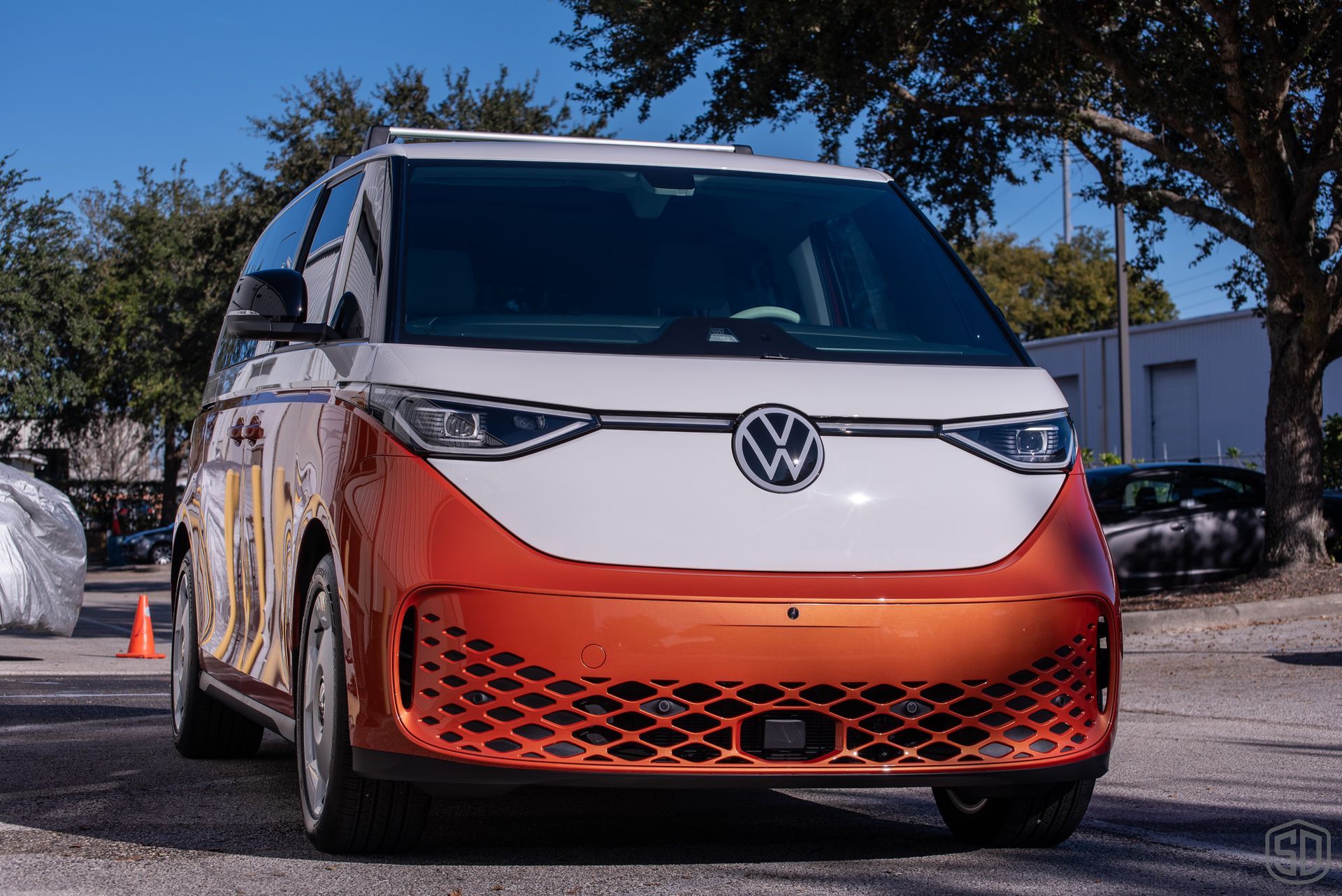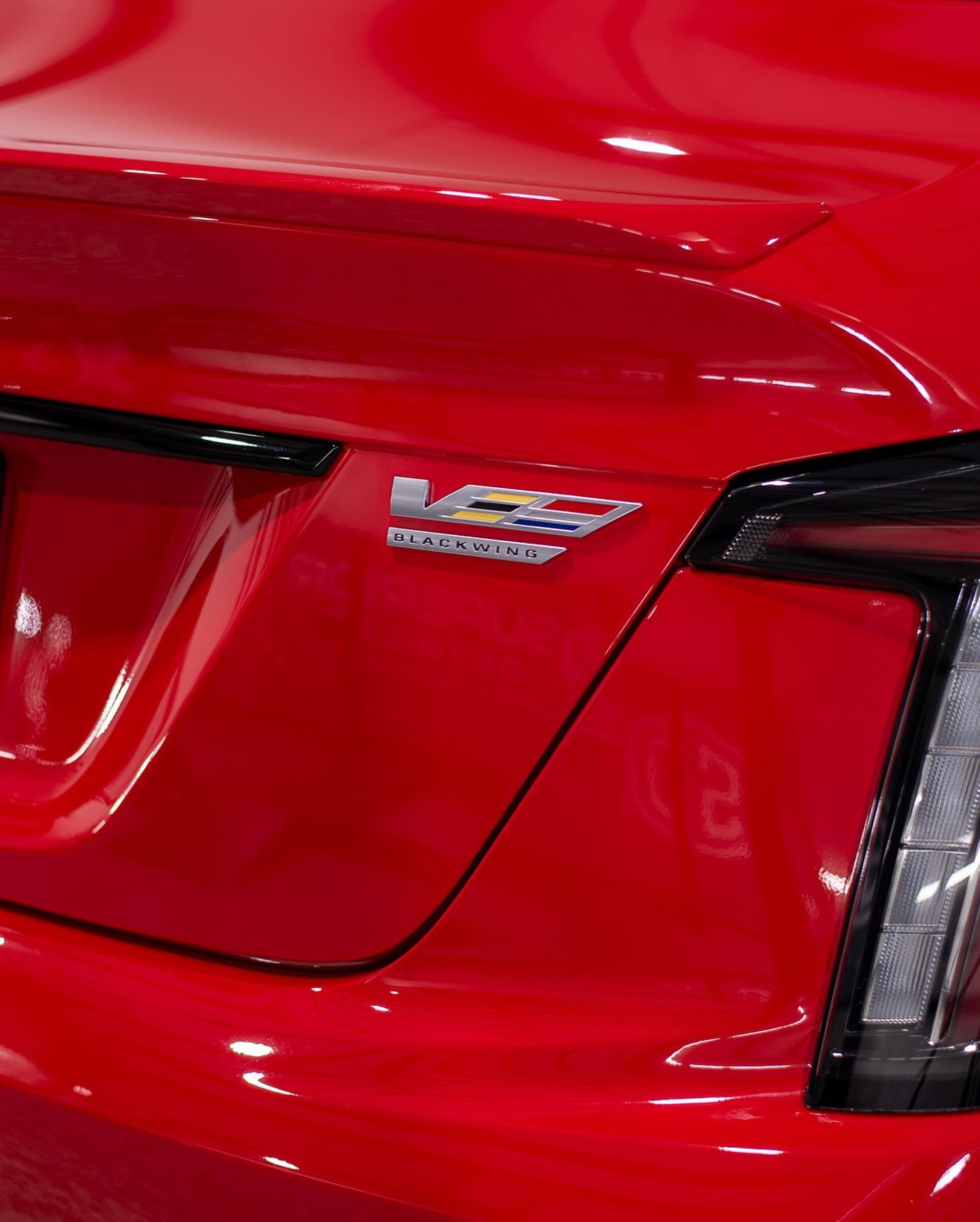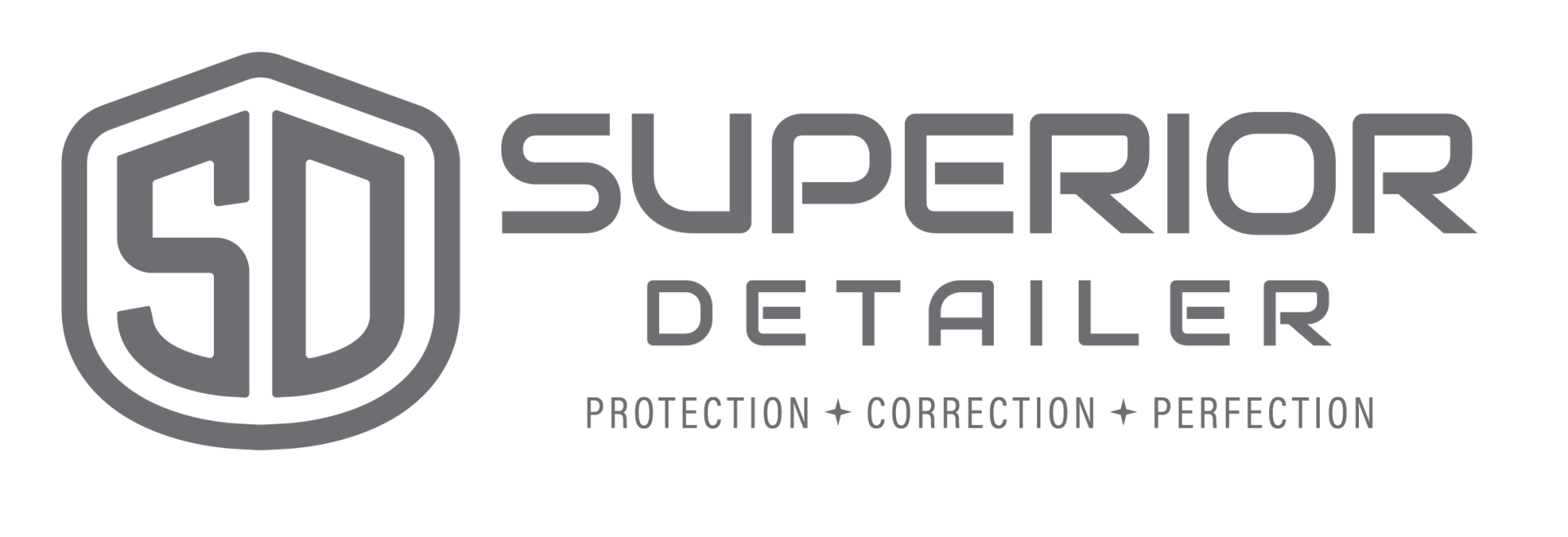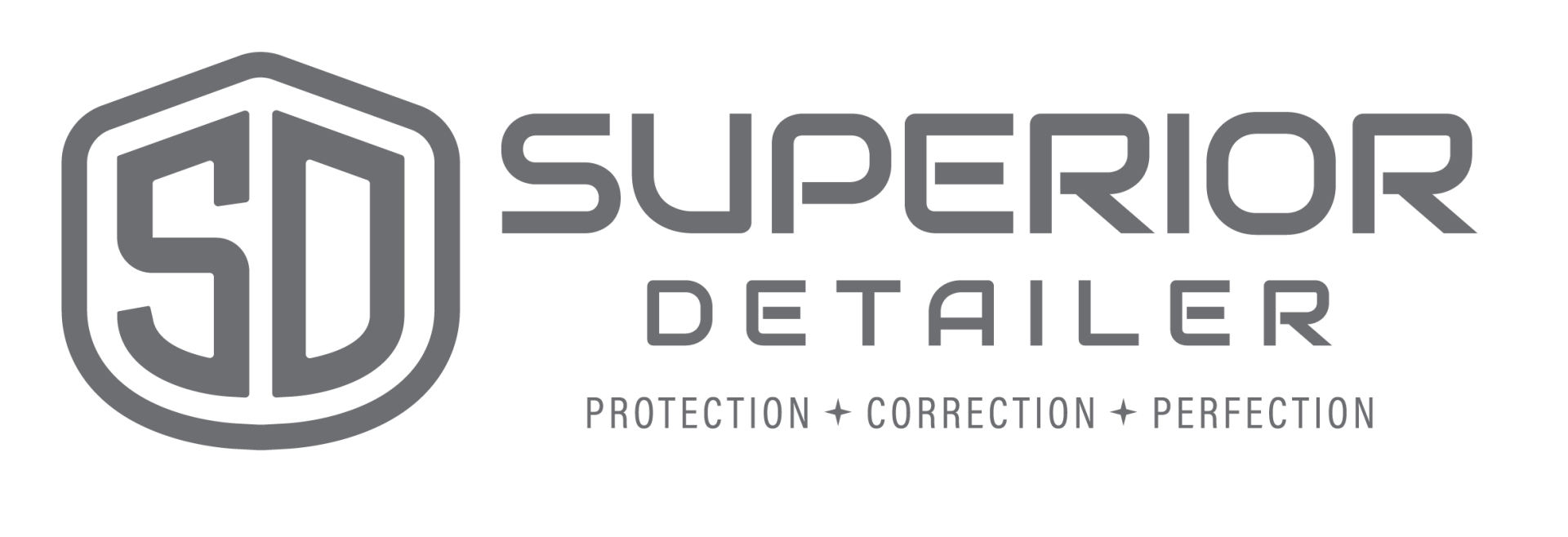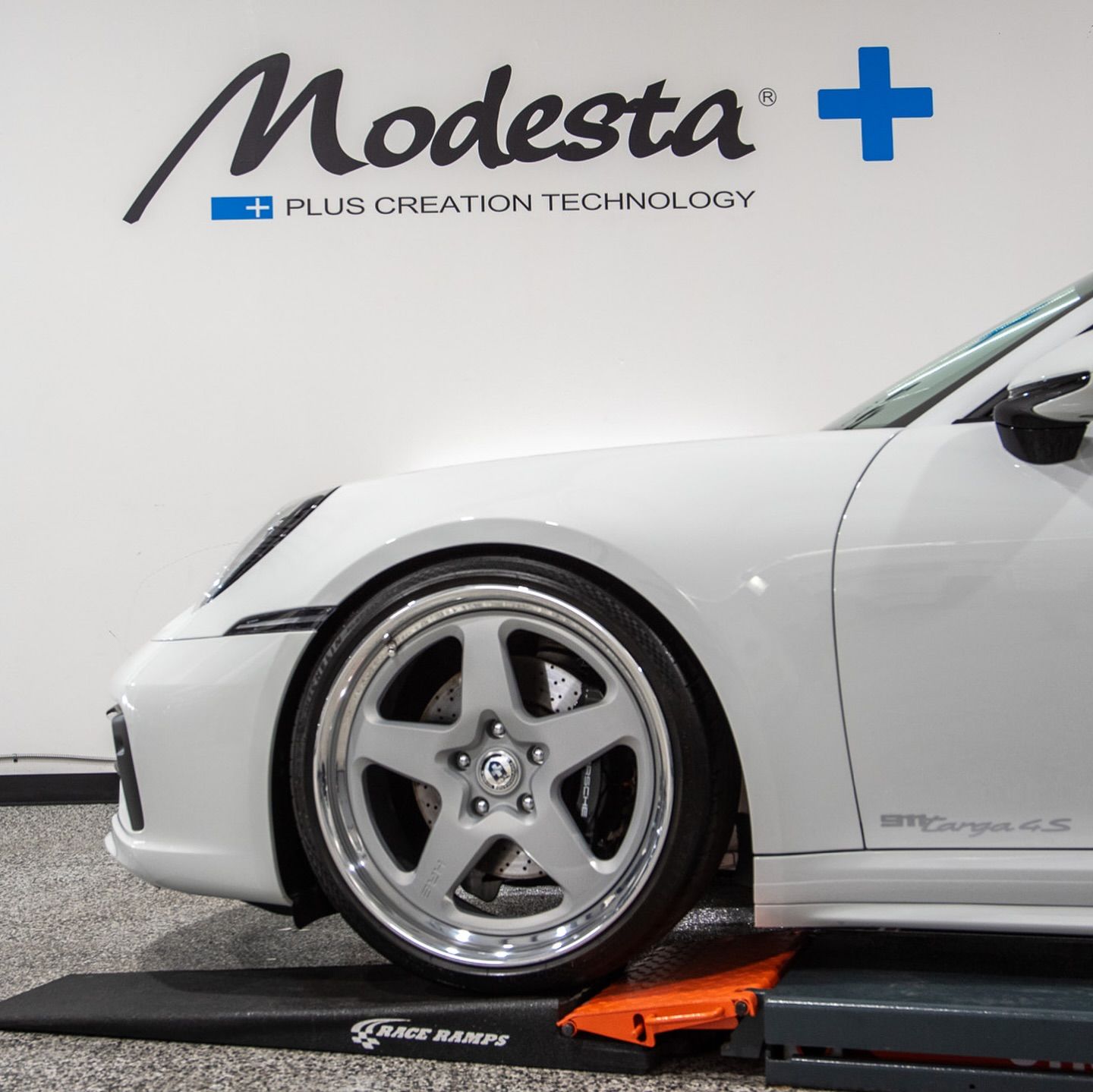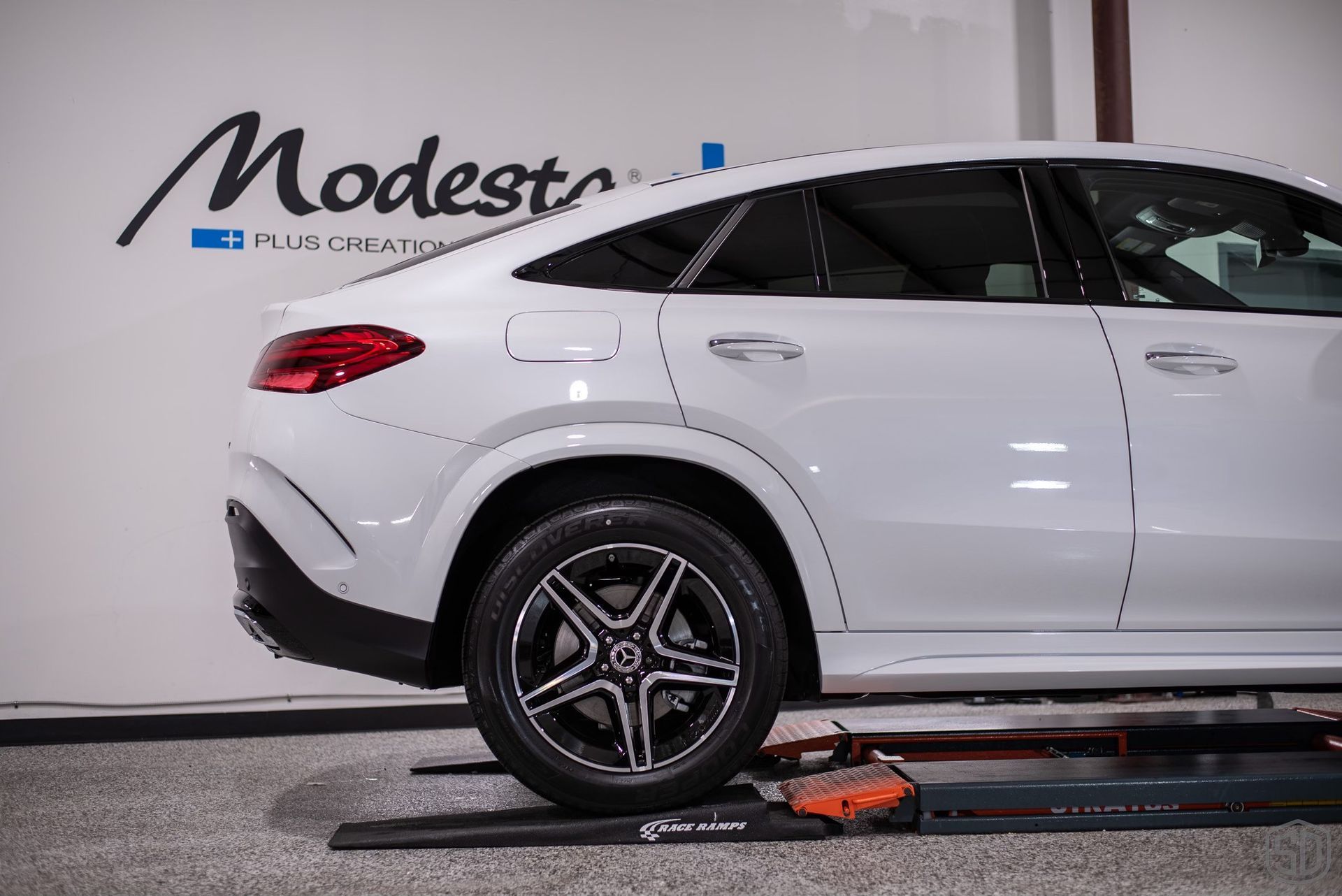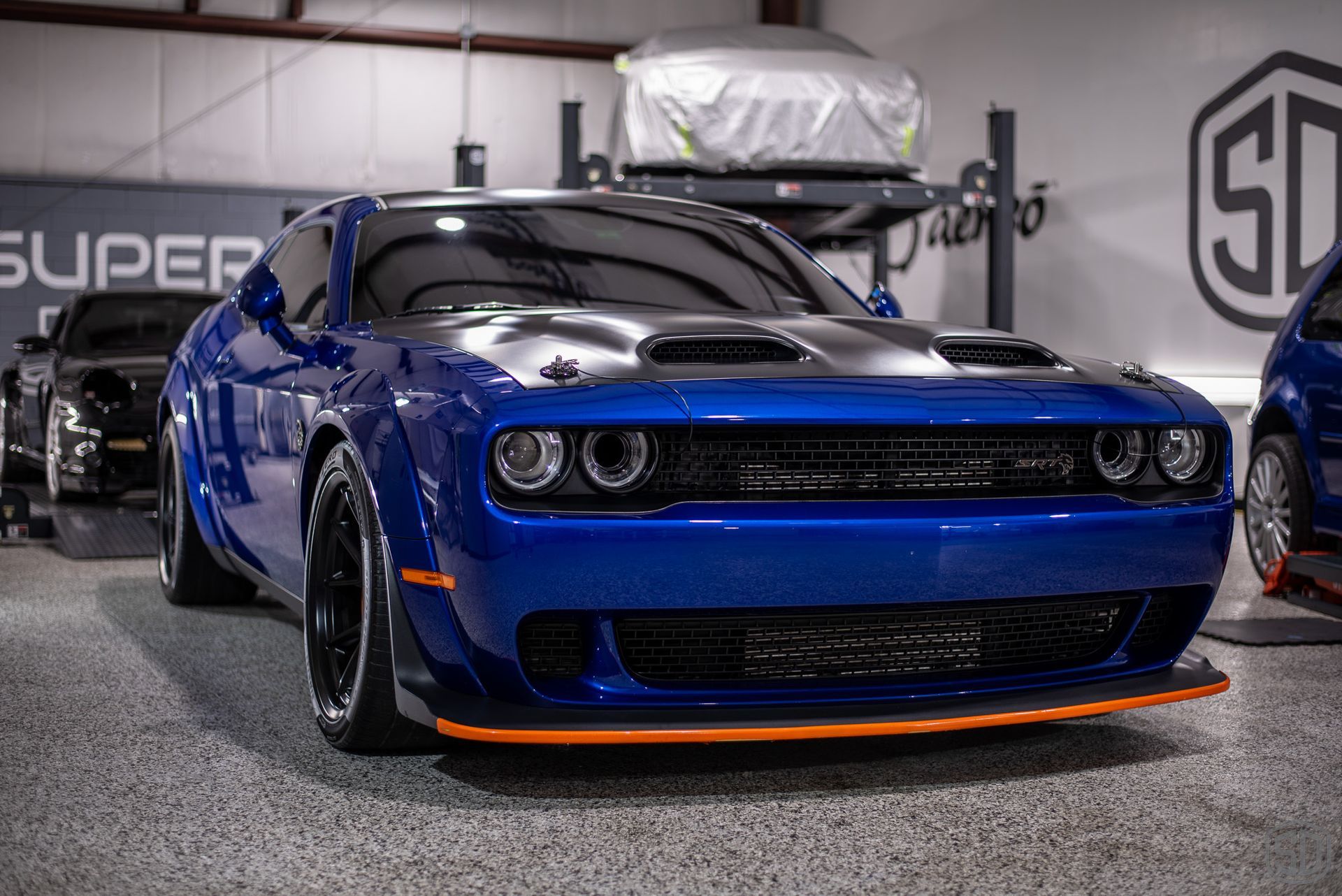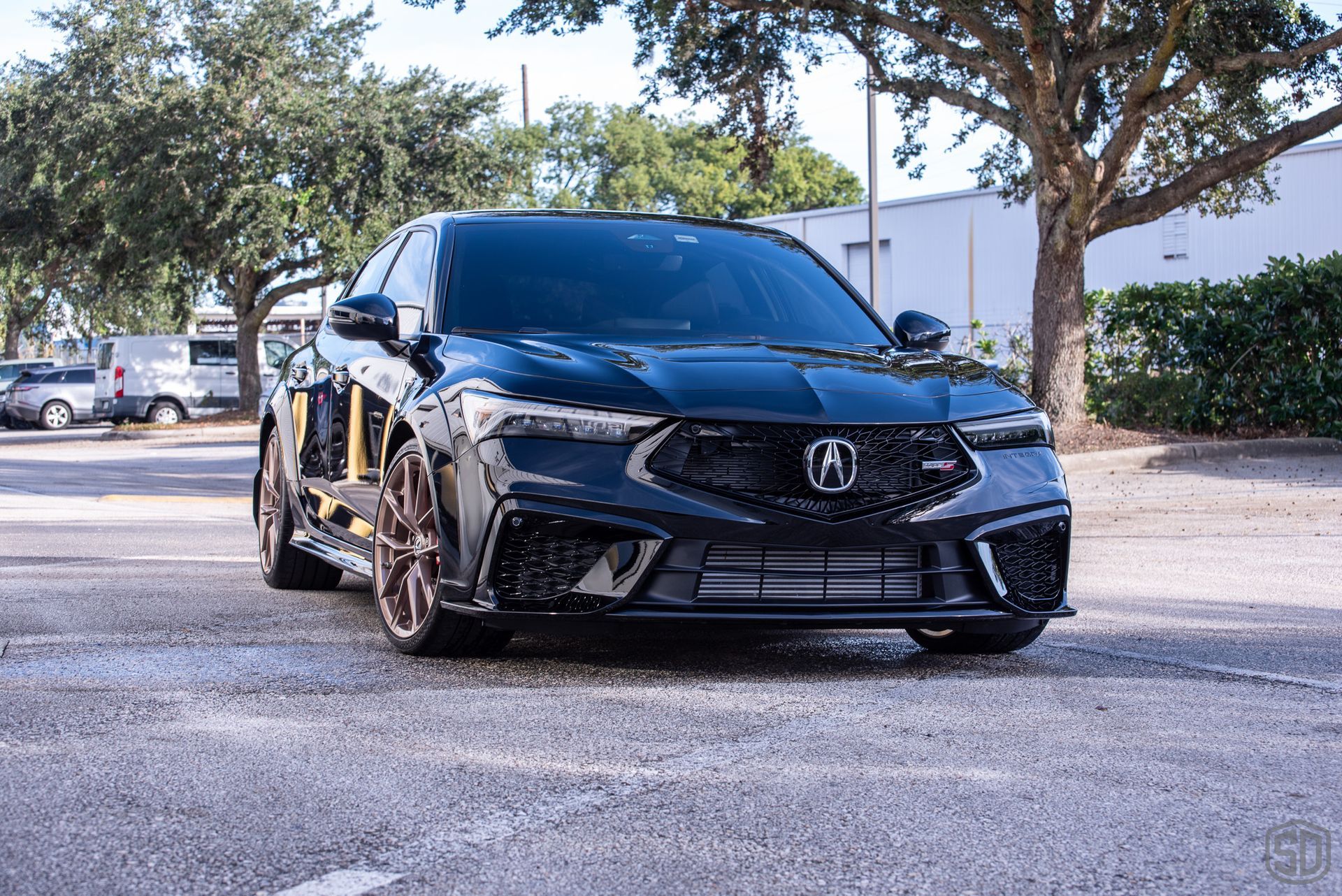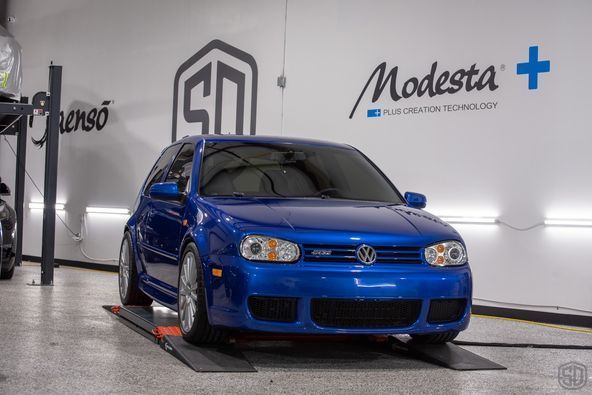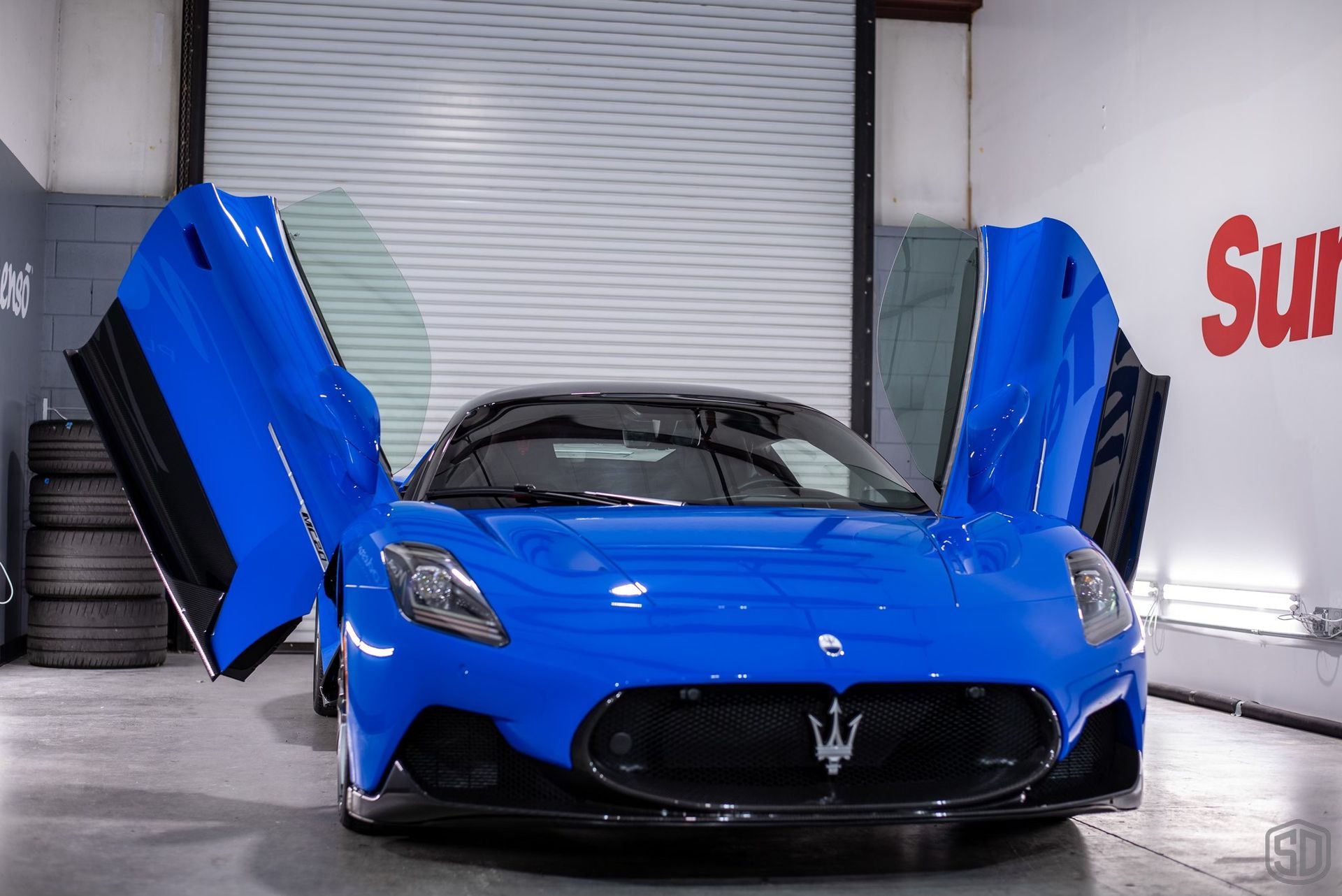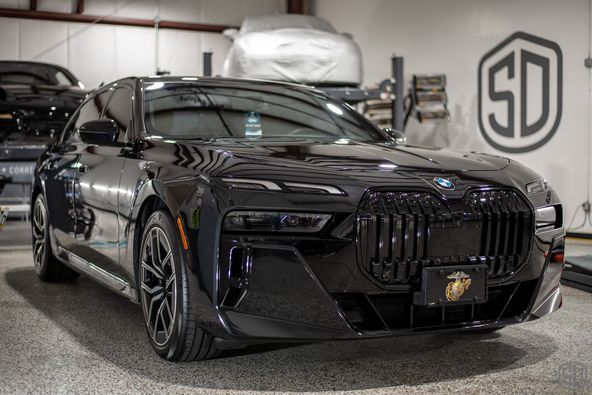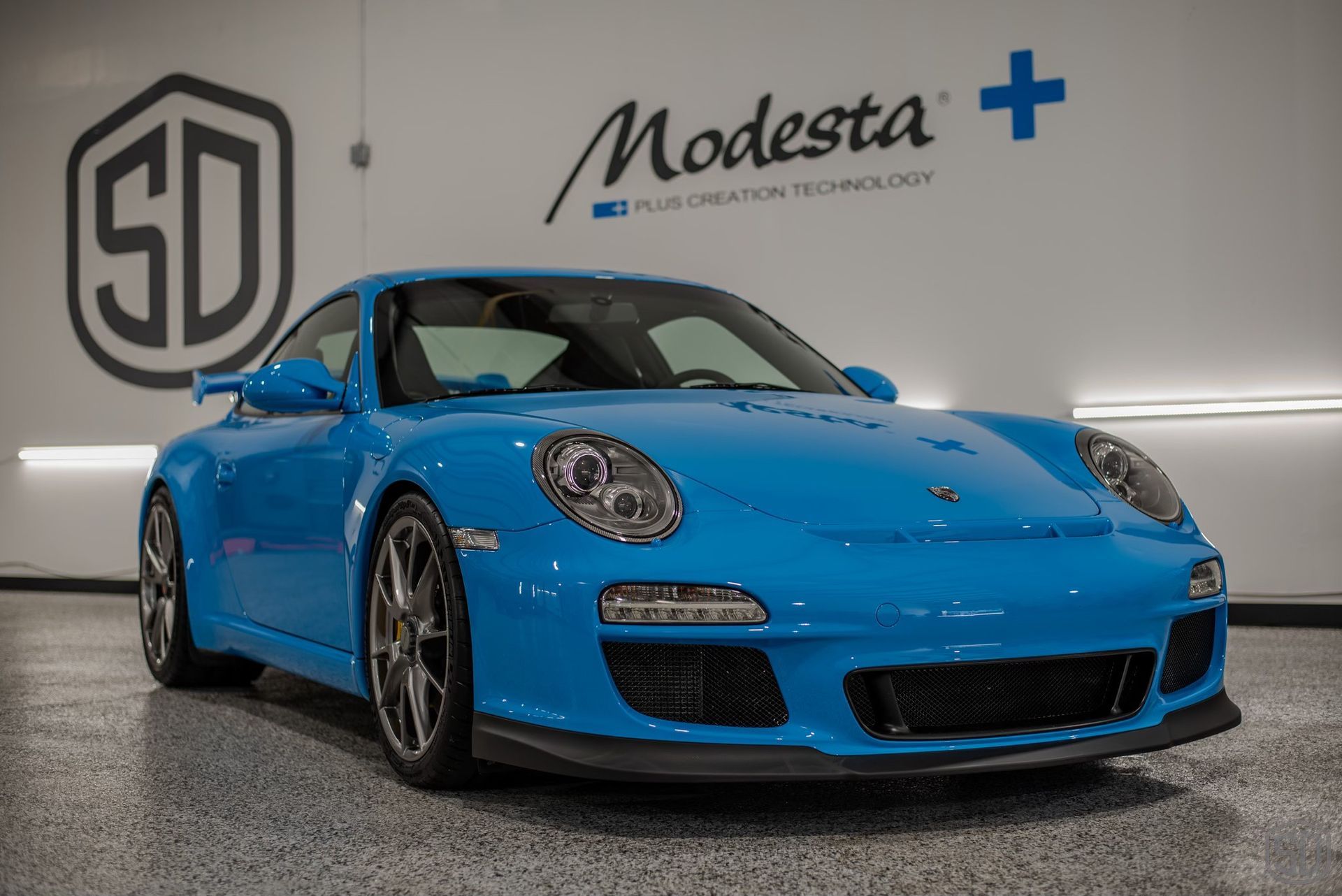Unlocking Superior Protection: How Coatings Adhere to Paint Protection Films (PPF)
The Science Behind Ceramic Coatings and Their Adherence to Paint Protection Film (PPF)
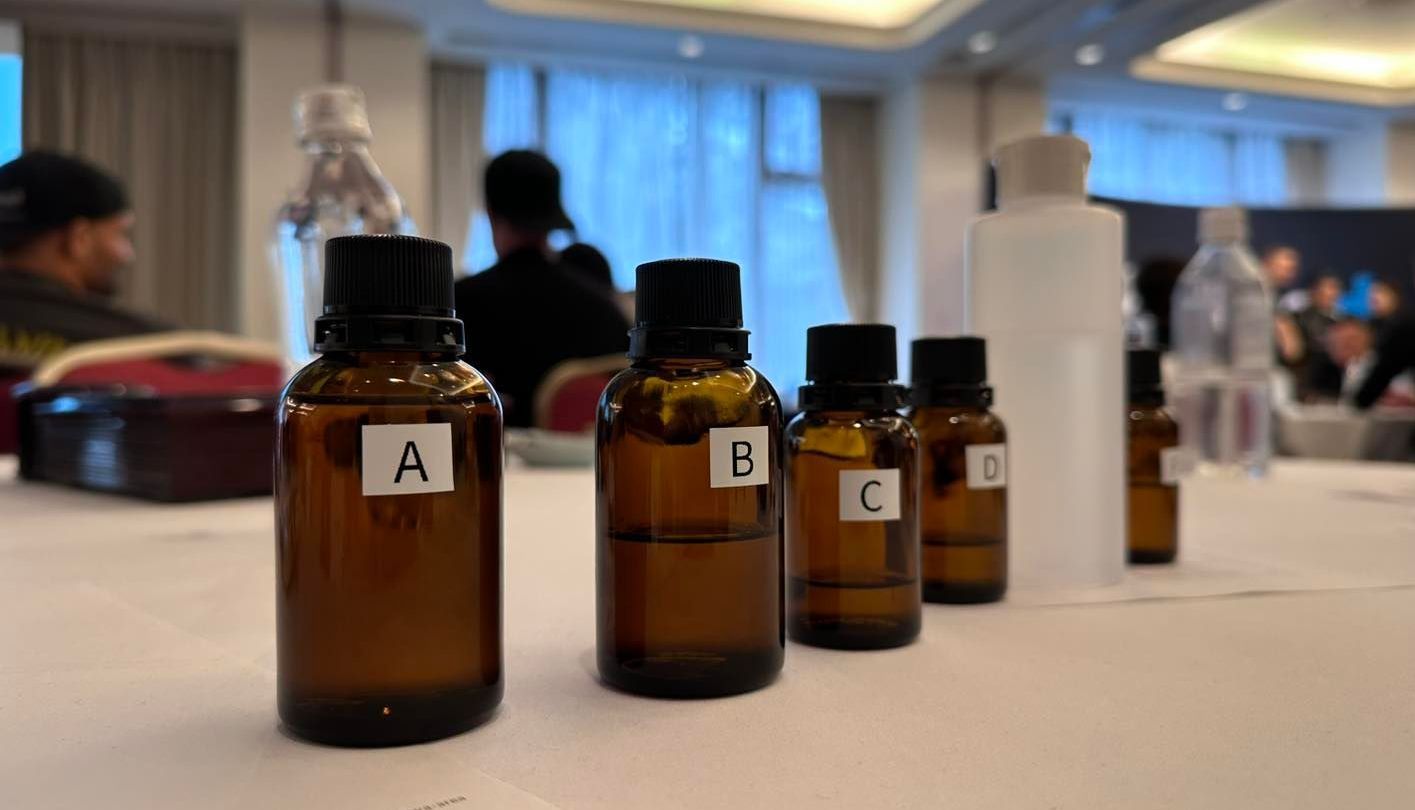
When it comes to protecting a vehicle’s paint, there are few combinations as effective as Paint Protection Film (PPF) and ceramic or glass coatings. Both are popular choices for car enthusiasts and everyday drivers looking to safeguard their vehicles from scratches, road debris, and environmental damage. But how do these advanced coatings work when applied over PPF? And what role do hydrophobic top coats play in maximizing protection?
In this post, we’ll explore the science behind our MODESTA ceramic and glass coatings, how they bond with PPF, and why Modesta coatings are superior to other coatings when applied to PPF. Understanding the relationship between these cutting-edge products can help you make the right decision for your investment. Let’s take a closer look at how ceramic and glass coatings adhere to PPF, and why this dynamic duo is a game changer for paint protection.
Anyone who knows anything about the Modesta brand and its line of coatings understands that quality and education are key tenets of its ethos. Here at Superior Detailer, we follow the same principles and firmly believe in proper education for all of our clients. The below excerpt provides technical information on ceramic coatings and adherence to paint protection film, directly from the Modesta chemist himself. It also provides details on benefits of ceramic coatings on paint protection film.
The below is written by Modesta co-founder and chemist, Tomo Kashino:
The material of PPF is thermoplastic polyurethane, a soft plastic with elasticity like rubber. When the film is stretched and the force is released, it returns to almost its original state. However, if you stretch a general polyethylene film, it will stay stretched. Plastic materials that have this "rebound ability" are rare, and this is one of the major features of this material. It is thicker and more elastic than glass coating, and has shock absorption properties that protect your car from major scratches and dents. It is an excellent way to physically protect the paint surface. So why do we cover PPF with glass coating?
The reason for this is its characteristic elasticity. Because it is a soft and elastic material, it can be applied to an already assembled car and can be peeled off as needed. However, its molecular structure is an organic that contains carbon and is easily affected by the natural environment and deteriorates.
It is not possible to create such elastic PPF with inorganic materials such as glass coating. However, glass coating can create a strong barrier due to its inorganic three-dimensional structure. By applying it to PPF, it is possible to limit the PPF's direct contact with water and air and suppress deterioration. Since the main structure of glass coating is an inorganic material, it is water resistant and does not oxidize in the natural environment.
Recent PPFs have various properties on their surface to meet customer demands, such as water repellency and film recovery. However, inorganic glass coating cannot be applied at the shipping stage. If it is applied, it will be stretched when applied to the painted surface, and may crack or peel off. Therefore, inorganic materials that are resistant to the natural environment, such as glass coating, can only be applied after the PPF is applied on car.
By the way, glass coating and ceramic coating are the same thing. Glass coating is made using a principle called heatless glass technology, so I call it glass coating, but it seems to be commonly called ceramic coating, especially in the United States.
--Tomo Kashino, Modesta
Visit the Modesta website for more information on the origin of Modesta coatings. We've been applying and testing Modesta ceramic coatings since 2017 and there truly is no comparison. Contact us to find out for yourself.
